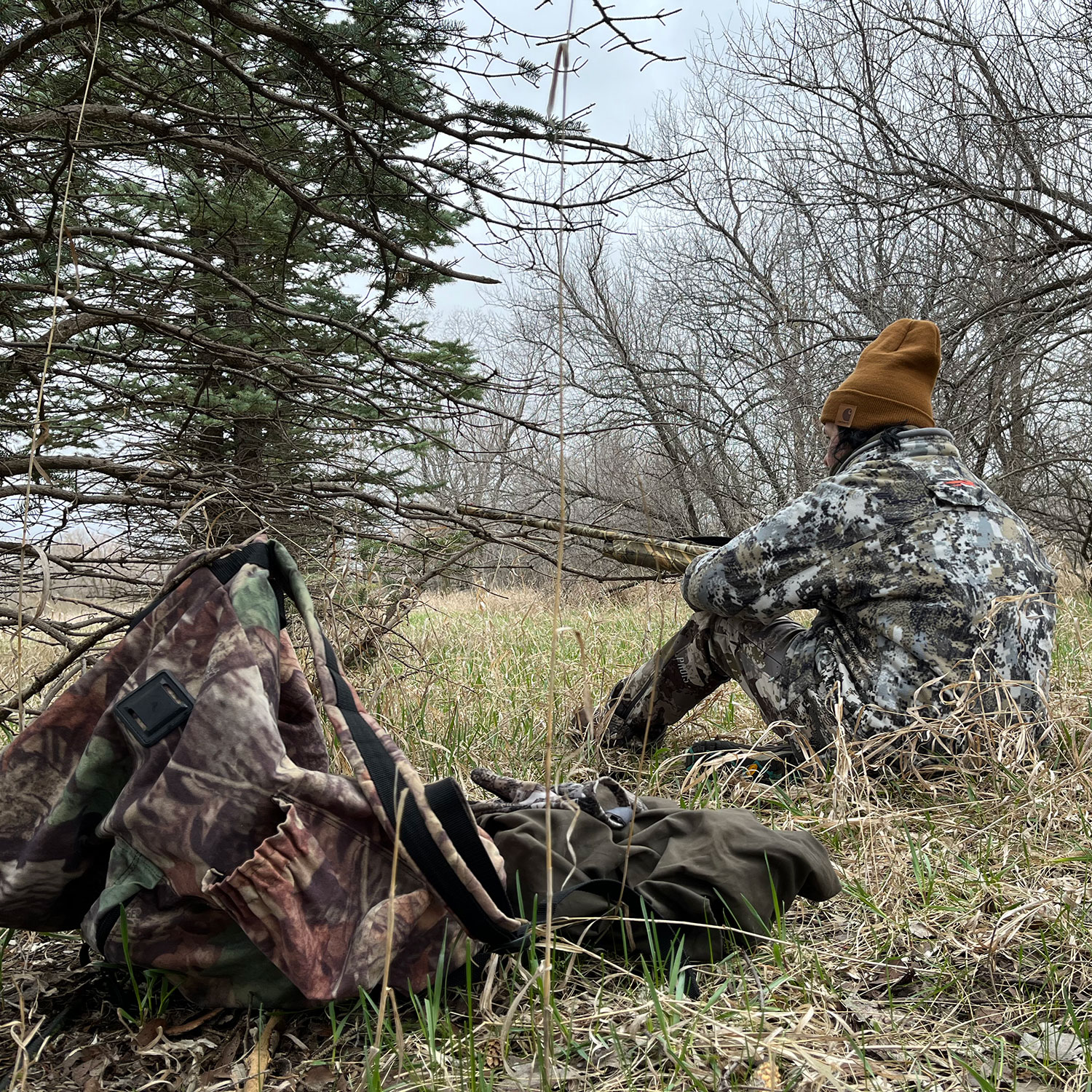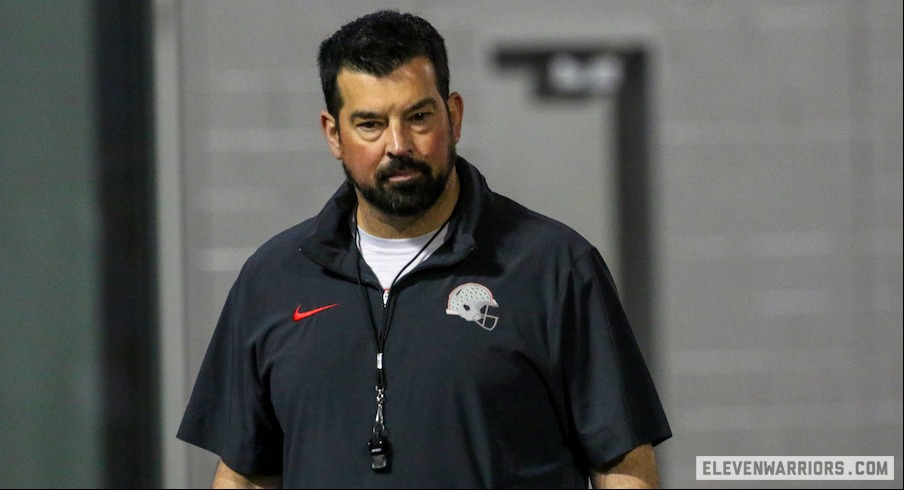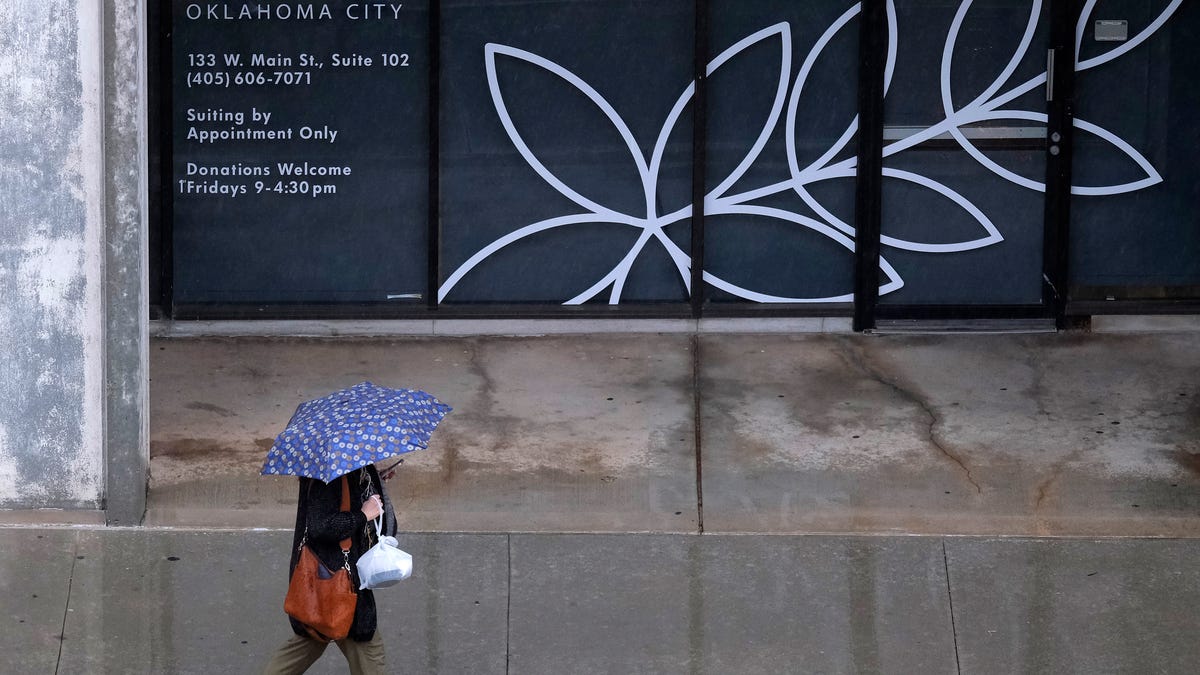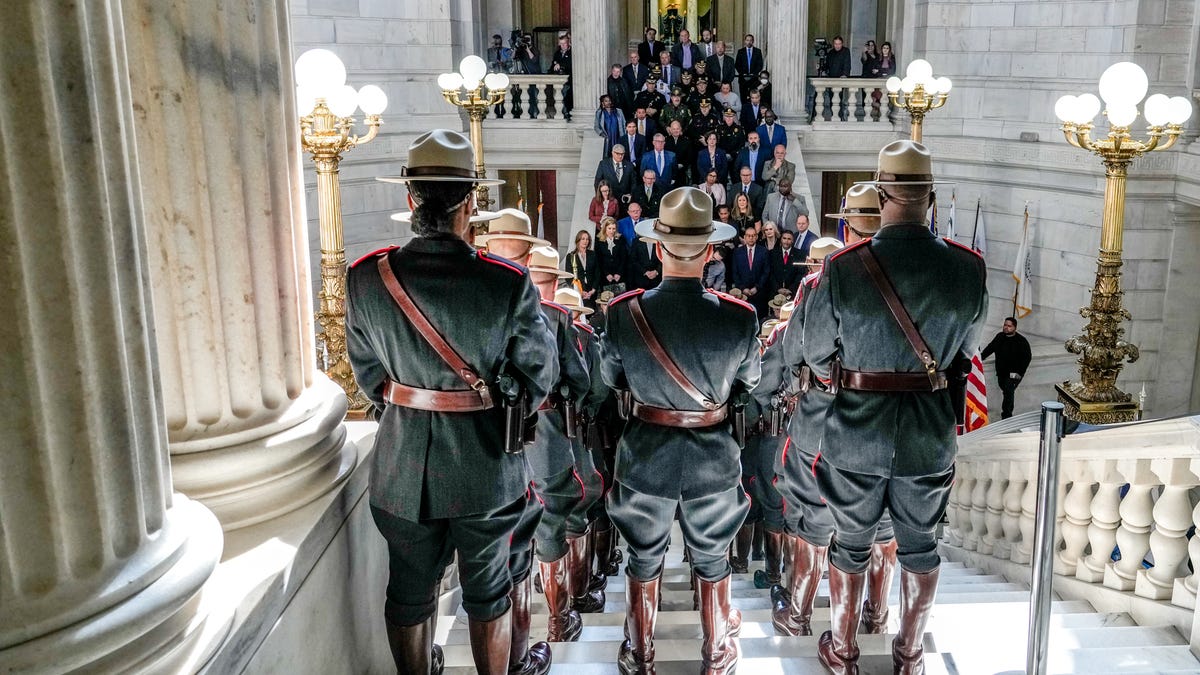Sports
Long before joining the Dodgers, family ties almost led Jason Heyward to UCLA
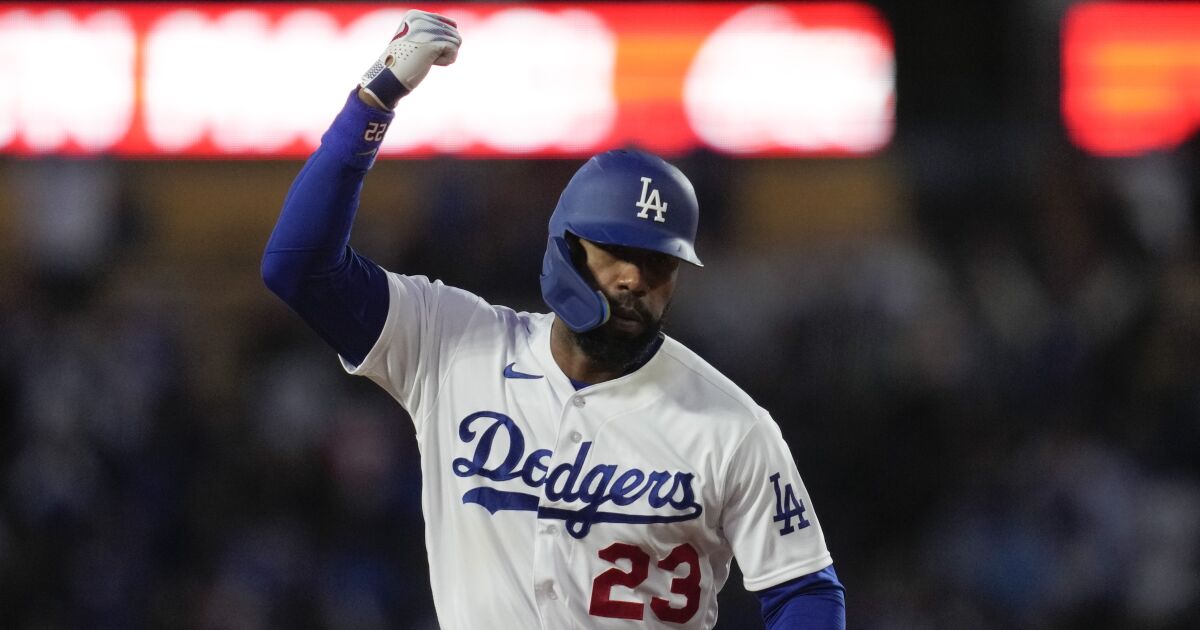
There are two Kenny Washingtons in the UCLA Athletic Hall of Fame.
The more famous one was a barrier-breaking, three-sport trailblazer. He was a baseball teammate of Jackie Robinson’s in the late 1930s, the first consensus All-American in the history of the football program, and in 1946, one of four Black players to re-integrate the National Football League.
The other left his own memorable Bruins legacy a few decades later.
In the 1960s, that Washington was a leading figure on the first two of John Wooden’s 10 national championship basketball teams. He had a legendary 26-point performance in the 1964 title game.
After a brief pro career, Washington returned to UCLA in the 1970s as the head coach of the women’s basketball team.
And, in 2005, he was inducted into the school’s sports Hall of Fame, honored during an on-campus ceremony attended by numerous other Bruins icons — and one precocious young member of his family.
Long before Jason Heyward was a first-round pick of the Atlanta Braves, an MLB All-Star and World Series champion, or a veteran outfielder now playing a key role for a first-place Dodgers team, he was a standout high school baseball player from Georgia, eager to follow his great uncle’s footsteps to the other side of the country.
Heyward’s father, Eugene, is Washington’s nephew. After spending his early childhood in South Carolina, Eugene lived with his uncle in Los Angeles as a teenager, finishing high school there before going off to play basketball at Dartmouth University (where he met Heyward’s mother, Laura).
Though Heyward’s parents eventually settled in Georgia, where he went to high school just south of Atlanta, Heyward would make occasional trips to L.A. with his dad growing up — most notably, for Washington’s Hall of Fame induction just before the start of Heyward’s junior baseball season.
Heyward, a tall, athletic outfielder, was already a highly-touted prospect by then, fielding interest from schools such as Clemson and Georgia Tech, but that 2005 trip moved UCLA to the top of his list.
Jason Heyward avoids being tagged out by St. Louis Cardinals catcher Willson Contreras as he slides into home during a game on May 21.
(Jeff Roberson / Associated Press)
And had it not been for the perfect set of professional circumstances — when his home state Braves drafted him 14th overall in 2007 — he might have been the next great UCLA alum within his family.
“It seemed like a good environment,” Heyward said. “A good atmosphere to grow into.”
As he returned to Atlanta this week, where the Dodgers took two of three games from the Braves, Heyward reflected on those early days, recalling the process that nearly led the Georgia native to enroll at UCLA.
A year after his great uncle’s Hall of Fame induction, Heyward returned to campus for an official visit.
He was impressed by coach John Savage, who was just beginning a decorated tenure now in its 19th season. He bonded with his host, Brandon Crawford, a then-freshman on that Bruins team now playing his 13th MLB season with the San Francisco Giants. He even was struck by the atmosphere of the Rose Bowl, after going to watch one of UCLA’s football games.
“Getting out there, meeting coach Savage, taking a tour, seeing the campus, it was obviously beautiful,” Heyward said.
So, at the start of his senior year of high school, he gave the Bruins his college commitment.
The more Heyward impressed MLB scouts leading up to the draft, however, the more complicated his decision became.
There were several franchises with early picks that expressed interest in Heyward, from the Kansas City Royals at No. 2 to the Florida Marlins at No. 12. But Heyward also knew there was a chance he could slip down the draft board, keeping his UCLA pledge in his back pocket just in case.
The one destination that made perfect sense was the Braves, who were lingering at pick No. 14.
“If this happens,” Heyward told himself, “I don’t think there’s any reason to go to school.”
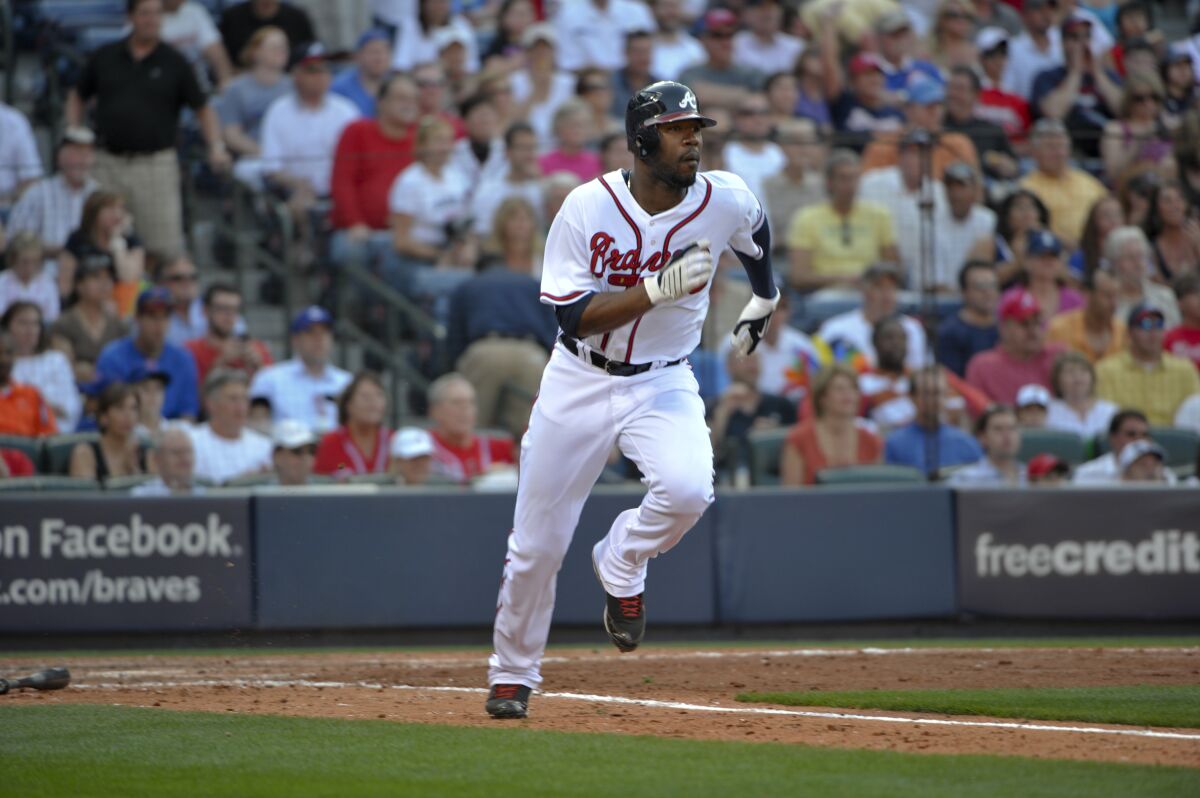
Atlanta Braves rookie Jason Heyward during the team’s opening day game against the Chicago Cubs at Turner Field in Atlanta on April 5, 2010.
(Rich Addicks / Associated Press)
Lo and behold, his final choice was easy. The Braves selected Heyward and signed him to a $1.7-million contract. Despite his attachment to UCLA, he gave up his college eligibility while still only 17.
“It wasn’t like I needed to weigh a whole lot,” Heyward remembered.
Even Savage, who detailed the process in a 2010 interview, couldn’t help but agree.
“He would have been a nice little player, no doubt,” the coach said then, leading up to Heyward’s debut MLB season. But, Savage added, “That’s one example of a guy that made the right decision.”
The rest has been history.
Heyward finished second in Rookie of the Year voting while earning All-Star honors in 2010, and blossomed as a Gold Glove right fielder on perennially postseason-bound Braves teams.
In 2016, he not only won a World Series with the Chicago Cubs but delivered a famous Game 7 speech that helped end that club’s 108-year title drought.
This year, after coming to the Dodgers on a minor league deal in the offseason, the 33-year-old has revitalized his game again, batting .228 with five home runs, 11 RBIs and an above league-average .807 on-base-plus-slugging percentage.
It’s finally the L.A. baseball moment he once dreamed of; only, it’s coming 16 years after his plans to follow familial ties to UCLA took a different path.
Asked this week what might have happened if the Braves passed on him in the draft, and he landed with another, less-fitting team, Heyward contemplated the weighty what-if, thinking back to the days he seemed destined to become a Bruin.
“I don’t know,” he said. “It would have been tough to turn down the first round at that time. There was a lot of hard work coming up. Playing high school games against guys from Florida, California, you see a lot of really good ball players. And you don’t know if you’re gonna get this chance again.”
But, he added, at least some blue and gold still pumping through his heart, “it seemed like a cool opportunity.”

Sports
College sports on verge of seismic shift with revenue sharing
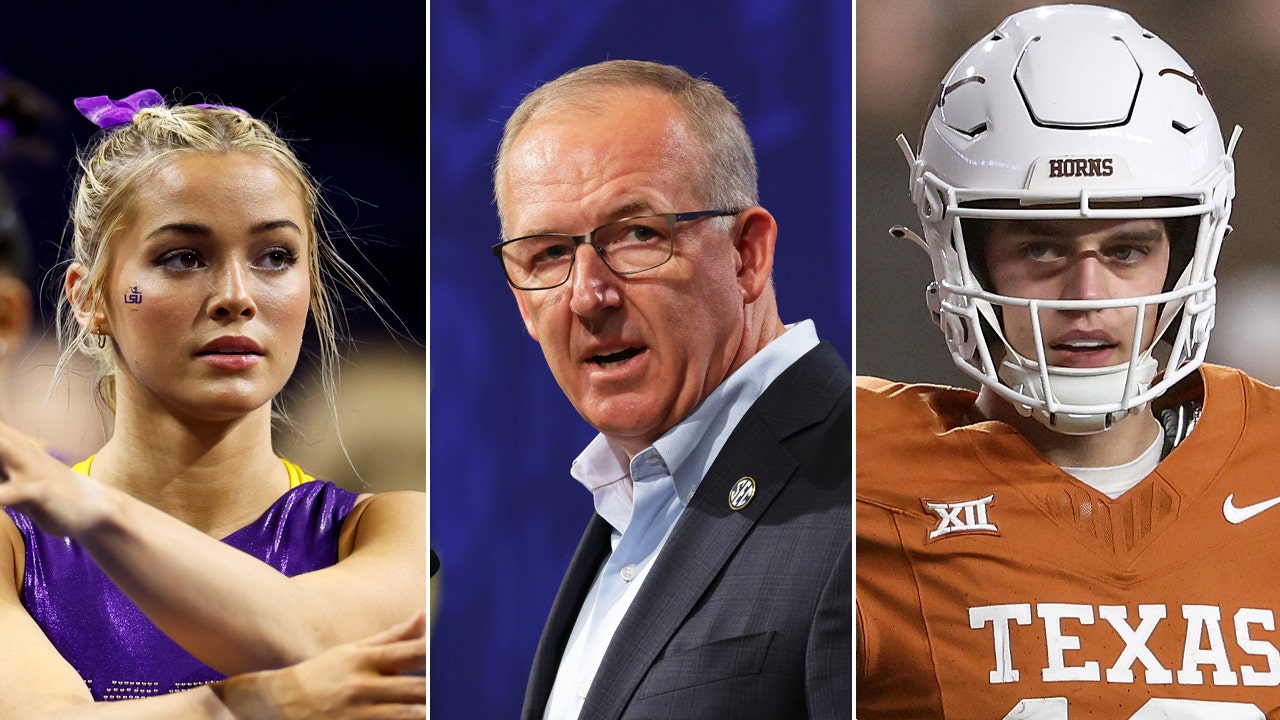
College athletics as we know it could be on the brink of change, thanks in large part to an upcoming antitrust lawsuit that is set to go to trial in January 2025.
The most talked about subject in college athletics at the moment centers around revenue sharing for student athletes, along with former players involved in the House vs. NCAA lawsuit. As we currently stand, the lawsuit filed against the NCAA by current and former players could lead to a judgment of nearly $4 billion to the plaintiffs.
Most experts agree the NCAA will end up having to pay these athletes, with a judgment that could rule in the plaintiffs favor and change the landscape of college athletics when it comes to revenue sharing. According to a report from Pete Thamel and Dan Murphy, the lawsuits have been at the forefront of conversations by conference commissioners and NCAA leaders, which led to ‘deep discussions’ regarding the matter last week in Dallas, where CFP leaders held their Spring summit.
SEC Commissioner Greg Sankey speaks during Day One of 2023 SEC Media Days at Grand Hyatt Nashville on July 17, 2023 in Nashville, Tennessee. (Johnnie Izquierdo/Getty Images)
Besides having to classify athletes as employees of a particular university, the NCAA is trying its hardest to stay away from this classification. One of the more difficult conversations being had besides revenue sharing with current student athletes centers around the NCAA being forced to backpay athletes, which could lead to around $1 billion in settlement figures.
The ongoing settlement discussions would keep all sides out of a court room. One of the bigger components of this upcoming trial is to reach a settlement that is worth the fight. The talk of creating a revenue sharing model with athletes has led to a sense of urgency to come up with a plan that will be smart enough to last.
The antitrust lawsuit at the center of this significant shift in the current landscape in college sports is seeking retro-pay for damages that have occurred due to former athletes not being able to cash-in on their name, image and likeness.
It is important to note that the ongoing lawsuits and revenue sharing are two different entities, though the NCAA and conference leaders are trying to agree on a plan that could take care of both issues, almost at the same time.
In reality, the House vs. NCAA lawsuit might be the biggest moment in the history of college athletics, especially if you consider the ramifications of not coming up with a settlement that would make the lawsuit go away. As part of the ongoing discussions about where the NCAA will go, it should be noted that revenue sharing with student-athletes might be the most logical route.
One thing to remember in the midst of all of this commotion is that athletic departments across the country are currently discussing ways to make life sustainable when revenue sharing is introduced. Even with the amount of money schools in the SEC and Big Ten are making from television contracts, there will still be the need to manage budgets across the country.
Over the course of the last few months, a number of conference commissioners, spearheaded by the SEC and Big Ten, have quietly agreed that creating a new model for revenue sharing is the right move, though it will cost conferences and the NCAA a good chunk of money.
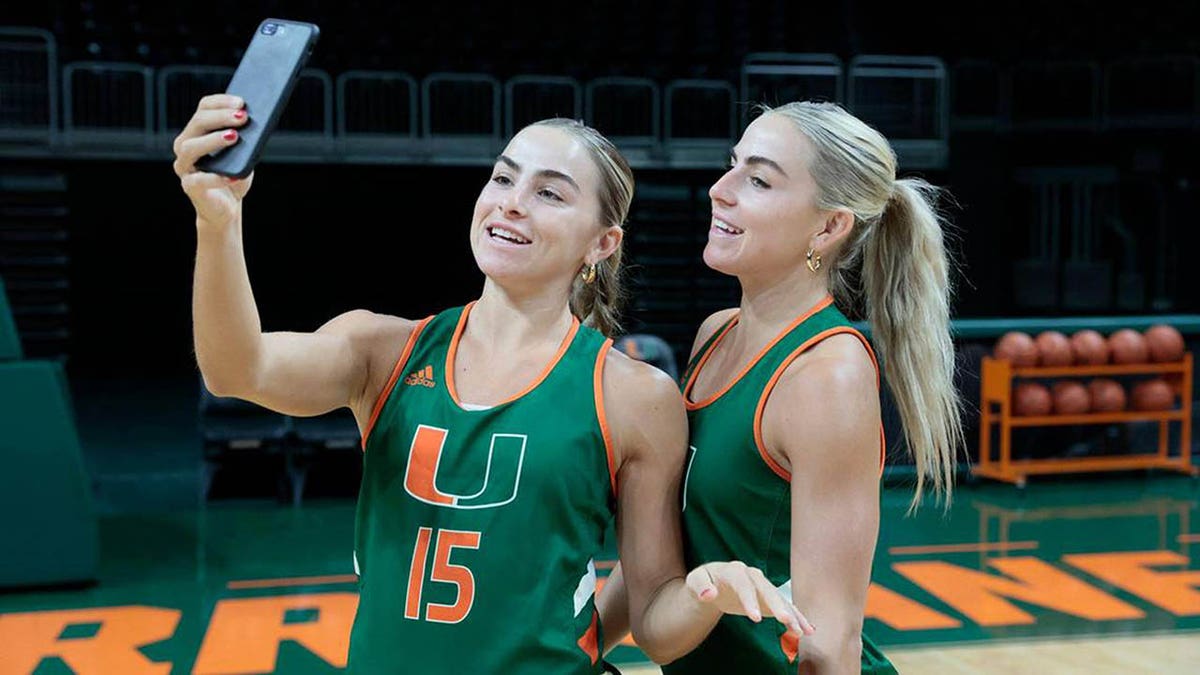
Miami Hurricanes women’s basketball players Haley Cavinder (14) and Hanna Cavinder (15) have more than $1 million in endorsements and have been at the forefront of the college sports NIL movement. (Al Diaz/Miami Herald/Tribune News Service via Getty Images)
According to figures that have been reported over the past month, that figure could end up being anywhere between $13-20 million annually for each school in revenue sharing. This would also lead to an NFL like salary cap for colleges. Though this will likely be the case for most Power-4 schools, it will be interesting to see how this works for Group of Five institutions, who do not carry the same weight financially as others.
‘CAVINDER TWINS’ REVEAL HOW SOCIAL MEDIA SHAPED THEIR FUTURE AFTER GAINING $1.7M IN NIL: ‘IT’S A 40 YEAR PLAN’
But, just like any deal, there are many obstacles and negotiations still have a long ways to go.
Power-4 Conferences Lead The Way In Terms Of Potential Revenue Share
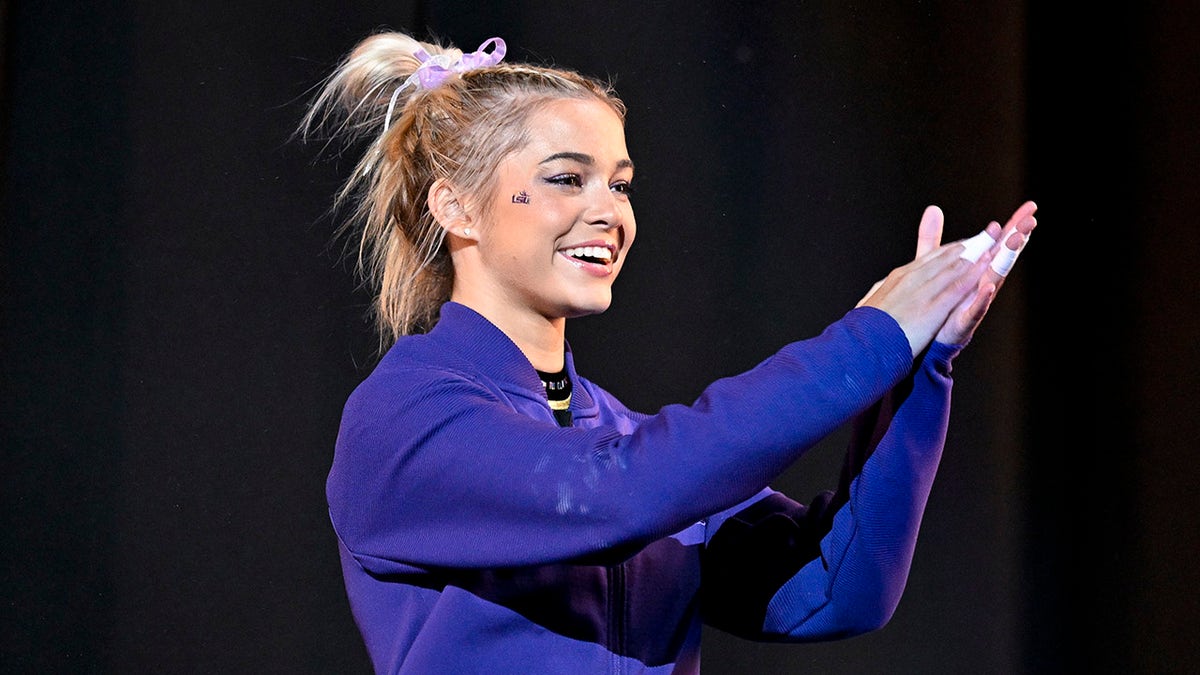
LSU Tigers gymnast Olivia Dunne walks on to the floor before the NCAA Women’s National Gymnastics Tournament Championship at Dickies Arena. (Jerome Miron-USA TODAY Sports)
The most obvious part of this whole conversation and negotiations regarding potential revenue-sharing in college sports is centered around the Power-4 conferences. For schools in the Big Ten, SEC, Big 12 and ACC, the idea of having to split its revenue with athletes will come a bit easier than the commissioners running the AAC or Sun-Belt conference.
If you break it down to a simple form, all of this can be tied to the massive amounts of revenue gained from non-television routes. For most of these schools in Power-4, they have ticket sales, merchandise, booster donations and conference payouts. Yes, a majority of the revenue distributed every year comes from massive contracts with the likes of ESPN, FOX, CBS and NBC, but the schools that have the backing of their powerful conference have much more wiggle-room when it comes to expenses.
Could the addition of revenue sharing force some schools to halt certain construction or projects on the docket? Sure, but this might only be for a short term period, as schools figure out a path to make sure their student-athletes get a cut of the potential revenue sharing model.
Also, we cannot forget the non-revenue sports in these discussions. For sports like softball, baseball and even basketball, a majority of schools do not turn a profit, and that’s not even factoring in the Olympic sports. So, what does revenue sharing look like under Title IX, or for a majority of the sports that are losing money on a yearly basis? This will certainly be a major talking point over the next year, as the NCAA cannot afford any more lawsuits to be filed against them.
We Are Certainly At A Crossroads For The Future Of College Athletics
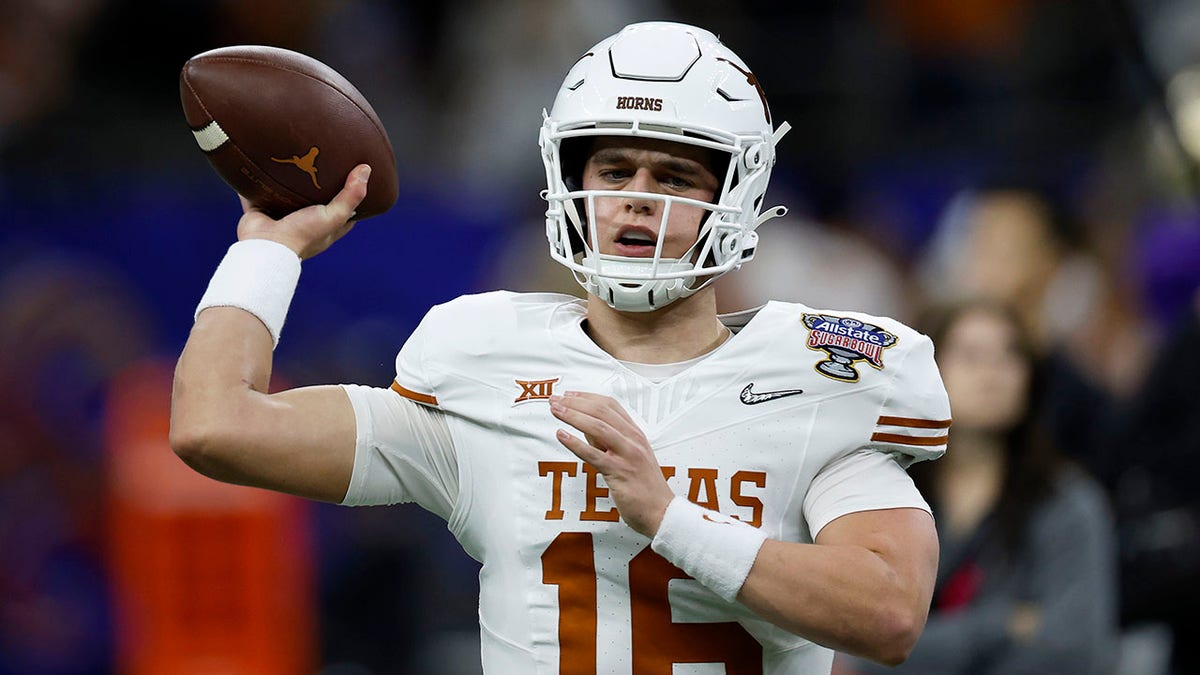
Arch Manning #16 of the Texas Longhorns warms up prior to playing against the Washington Huskies during the CFP Semifinal Allstate Sugar Bowl at Caesars Superdome on January 01, 2024 in New Orleans, Louisiana. (Chris Graythen/Getty Images)
If you were looking for the turning point in the world of college athletics, we are at the fork in the road. As the pending litigation nears, conference commissioners are working on a deadline, and this is moving at a high-rate of speed.
We are approaching spring meetings for every conference around the country, with the SEC set to meet in Destin during Memorial Day week. The ACC and Big Ten will also hold their annual meetings around this time as well, and the conversations will certainly ramp-up during this period. School administrators want to know what type of funding they will need to be looking towards, and a lot of questions will need to be answered by commissioners.
Jim Cavale, who is the founder of Athletes.org and now represents the UAB football team as their player’s association representative, had this to say about the upcoming change in collegiate sports.
“The NCAA and its power conferences cannot create a sustainable model without their respective college athletes speaking into and co-creating that solution,” Cavale mentioned. “This is why we’re organizing college athletes into their own players association through to empower them to play an active role in negotiating any new deal. We’re encouraged that more and more college athletics leaders acknowledge that revenue sharing is part of the future of college athletics. The NCAA potentially settling pending lawsuits is a positive signal but this will not complete the creation of a sustainable, new solution that current college athletes will have negotiated or agreed to.”
Obviously, this affects all sports, so you can expect athletic directors to have plenty of questions, and will be looking for answers. This time last year, we were discussing the effects of NIL and how it was being handled on different campuses around the country, along with transfer rules and how student-athletes could negotiate future earnings.
Now, we’re headed towards two months of meetings that could shape the future of college athletics. Times have certainly changed, and it’s happening at a rapid pace.
Sports
High school baseball and softball: Tuesday's Southern Section playoff scores
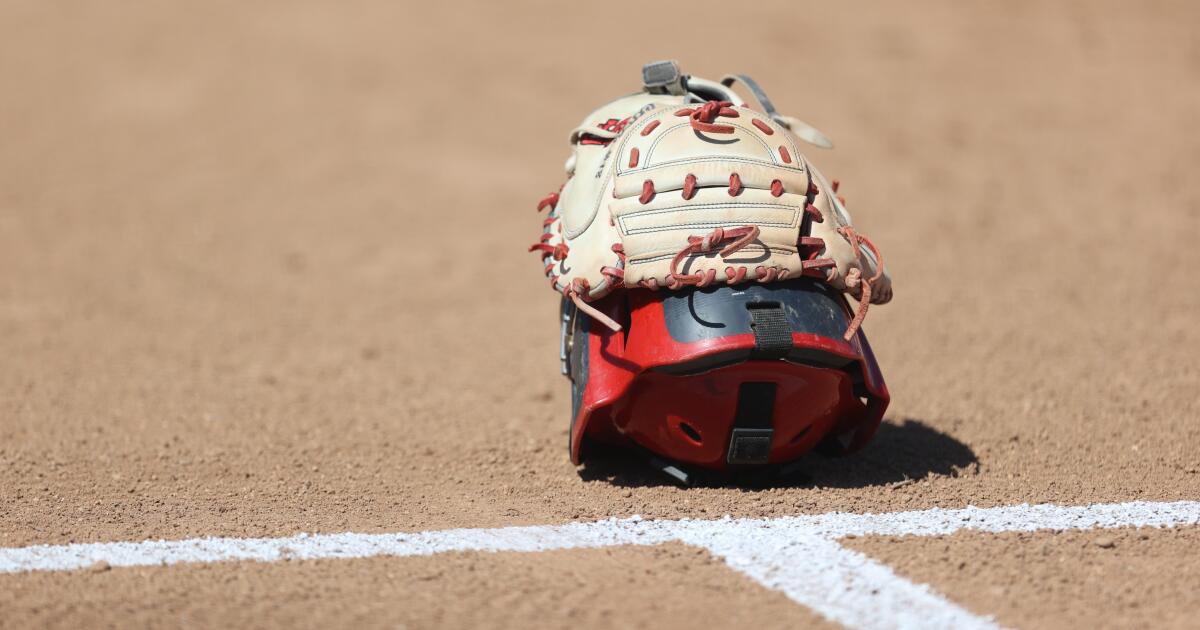
SOUTHERN SECTION PLAYOFFS
Tuesday’s Results
BASEBALL
Wild-card round
DIVISION 8
Academy for Academic Excellence 22, Crossroads Christian 4
Mountain View 7, Animo Leadership 6
Bolsa Grande 9, Rio Hondo Prep 2
Yucca Valley 4, Lennox Academy 1
Edgewood 9, Webb 8
Santa Rosa Academy 5, Hawthorne 3
Santa Clarita Christian vs. Shalhevet (Wed., 2 p.m. at Darby Park)
SOFTBALL
Wild-card round
DIVISION 3
Sonora 2, Long Beach Poly 1
King 10, Dos Pueblos 0
Upland 7, Fountain Valley 6
DIVISION 5
Apple Valley 14, Kaiser 11
Ocean View 2, Santa Clara 1
Village Christian 10, Azusa 2
DIVISION 6
San Gorgonio 11, Nordhoff 0
Santa Ana Calvary Chapel 17, Downey Calvary Chapel 0
Flintridge Prep 16, Anza Hamilton 4
Lancaster 12, Chaffey 7
Rancho Verde 8, Mountain View 4
Rio Hondo Prep 5, Southlands Christian 3
Ontario Christian 7, Bell Gardens 2
Cantwell-Sacred Heart 5, El Monte 4
Pioneer 16, Westminster La Quinta 6
Sports
Astros' Jose Abreu getting sent to A-ball after tumultuous start to season
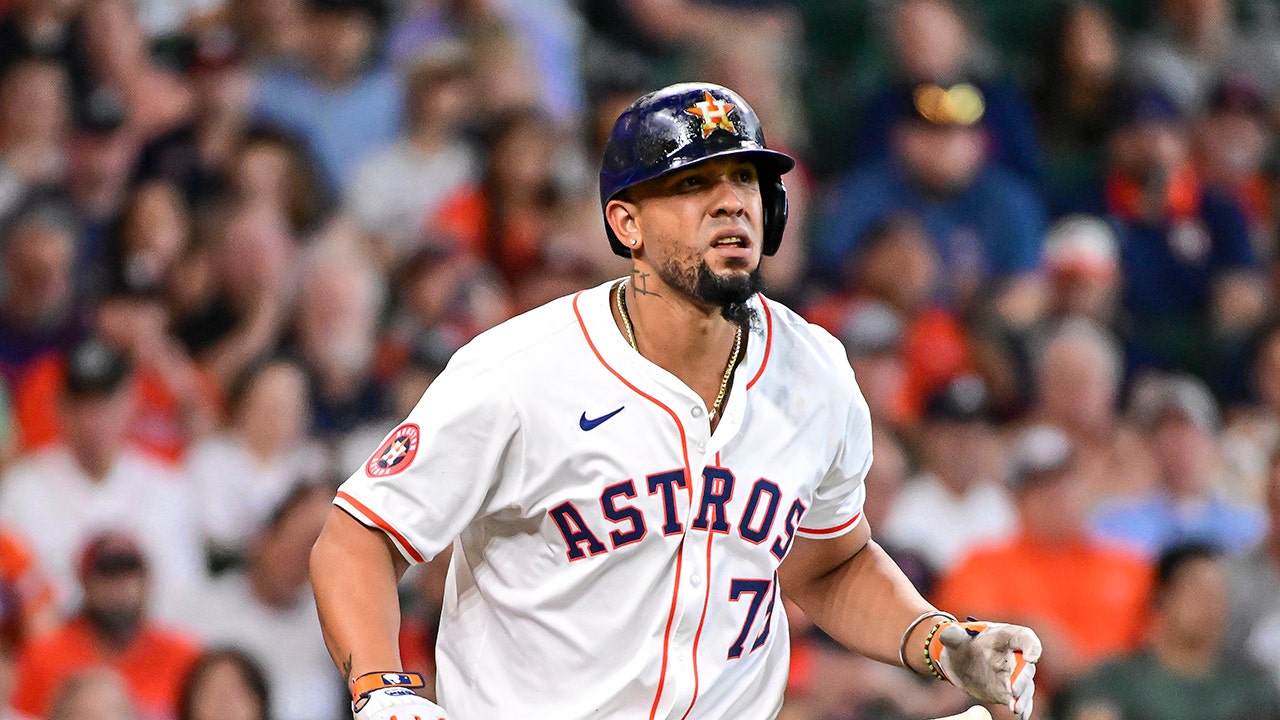
In his first 10 seasons in the Major Leagues, Jose Abreu was named to three All-Star Games, earned three Silver Slugger Awards, and won an MVP in the truncated 2020 season — soon, he is in A-ball.
The Houston Astros announced on Tuesday they will send the first baseman down to the minor leagues on Tuesday as he continues to struggle at the Major League level.
Abreu signed a three-year deal worth nearly $60 million with Houston prior to the 2023 season, and he posted career-lows with a .237/.296/.383 slashline — in 22 big league games this season, he’s hitting .099.
José Abreu #79 of the Houston Astros bats against the Atlanta Braves at Minute Maid Park on April 17, 2024 in Houston, Texas. (Logan Riely/Getty Images)
General manager Dana Brown said the decision was made after a meeting that included himself, Abreu, coaches and front-office personnel — as Abreu is long-non-arbitration eligible, he needed to accept the option.
Brown said Abreu was very receptive during their conversation and had a good attitude about the move.
“José Abreu is an outstanding human being,” Brown said. “He is unselfish and he’s a teammates guy and he wants to get himself back to what he was doing last fall. And so, in the midst of this conversation, you could see that this guy is passionate and determined to get back to helping his team.

José Abreu #79 of the Houston Astros breaks his bat in the seventh inning against the Atlanta Braves at Minute Maid Park on April 15, 2024 in Houston, Texas. All players are wearing the number 42 in honor of Jackie Robinson Day. (Tim Warner/Getty Images)
“And so he unselfishly was on board with an agreement with going back to West Palm Beach and getting some extra at-bats, getting some detailed instruction on what we could do to get him back,” Brown continued.
“He got to the point where he was frustrated,” Brown added. “It’s rare to do it. But I think it tells us about his dedication and commitment and I don’t think he sees this as a long-term and I don’t think we see it as a long-term thing. I think it’s more like… let’s go down, let’s make some adjustments. Let’s get the rhythm and timing back. And I think in his eyes, he’s looking at it as, ‘I’ll be back in a couple of weeks or whatever it takes to get better.’”
He has just one extra-base hit and three RBI in the young season.

José Abreu #79 of the Houston Astros bats against the Texas Rangers at Globe Life Field on April 08, 2024 in Arlington, Texas. (Richard Rodriguez/Getty Images)
It’s not just Abreu who is struggling in Houston — the Astros entered Tuesday at 9-19.
The Associated Press contributed to this report.
Follow Fox News Digital’s sports coverage on X, and subscribe to the Fox News Sports Huddle newsletter.
-

 Education1 week ago
Education1 week agoVideo: Dozens of Yale Students Arrested as Campus Protests Spread
-

 World1 week ago
World1 week agoEU sanctions extremist Israeli settlers over violence in the West Bank
-

 Politics1 week ago
Politics1 week agoFetterman hammers 'a–hole' anti-Israel protesters, slams own party for response to Iranian attack: 'Crazy'
-

 Politics1 week ago
Politics1 week agoDemocrats hold major 2024 advantage as House Republicans face further chaos, division
-

 World1 week ago
World1 week agoPeriod poverty still a problem within the EU despite tax breaks
-

 Politics1 week ago
Politics1 week agoA battle over 100 words: Judge tentatively siding with California AG over students' gender identification
-

 News1 week ago
News1 week agoUniversal Studios Tram Crashes, 15 Injured, 1 Critical
-
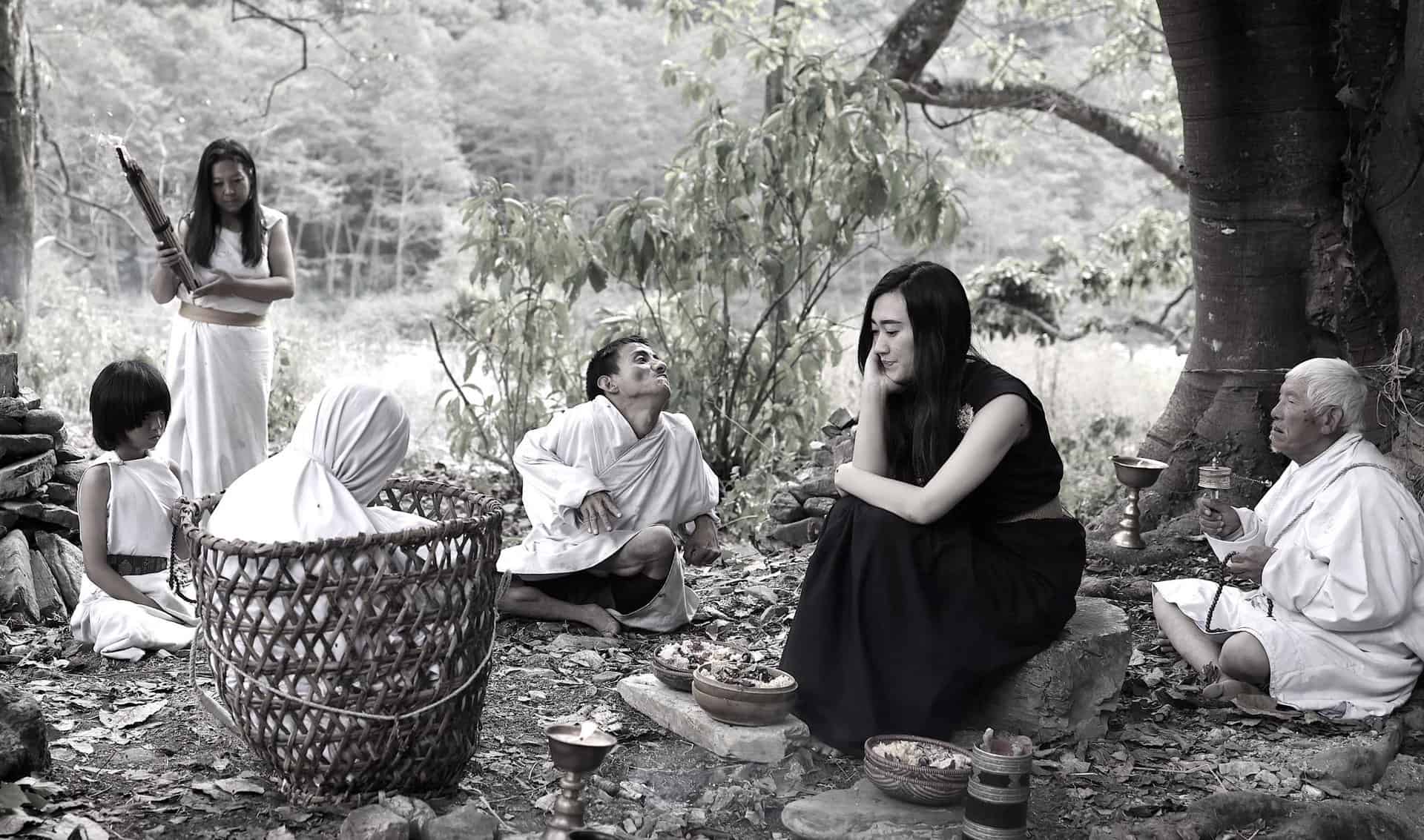
 Movie Reviews1 week ago
Movie Reviews1 week agoShort Film Review: Wooden Toilet (2023) by Zuni Rinpoche
